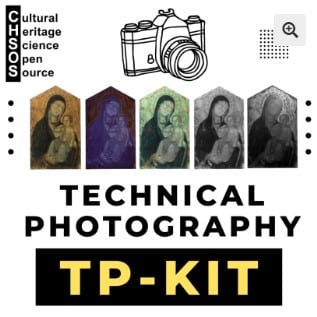Home » Products » Pigments Checkers » Pigments Checker » Pigments Checker – Standard – Pigments’ List » chrome oxide green
Chrome oxide green
Chrome oxide green has been identified on a J.M.W. Turner painting which dates back to 1812.
Manufacturer / product code: Kremer / 44200
Chemical description: chromium(III)-oxide. Kremer PDF
Color: green
Color Index: PG17
Raman Spectroscopy 532 nm – ElviRa Spectrometer for Art
Raman Spectroscopy 532 nm (ElviRa spectrometer) Pigments-Checker Database (65195 downloads )

Raman spectroscopy 785 nm
Pigments (powder, no binder)

Raman Spectroscopy 785 nm Pigments (pure, no binder) (67959 downloads )
Pigments with acrylic binder (Pigments Checker)

Raman Spectroscopy 785 nm Pigments-Checker Database (68136 downloads )
Pure pigments (no binder, just powder)
DOWNLOAD paper: “Pigments Checker version 3.0, a handy set for conservation scientists: A free online Raman spectra database”

Raman spectroscopy 830 nm
Pigments (powder, no binder)

Raman Spectroscopy 830 nm Pigments-Checker Database (55204 downloads )
Raman spectroscopy 1064 nm
Pigments (powder, no binder)

Raman Spectroscopy 1064 nm Pigments-Checker Database (50937 downloads )
XRF spectroscopy
XRF Spectroscopy Pigments-Checker Database (77577 downloads )
DOWNLOAD previous database from Pigments Checker V.3 DOWNLOAD paper: R. Larsen, N. Coluzzi, A. Cosentino “Free XRF Spectroscopy database of Pigments Checker” Intl Journal of Conservation Science.

Reflectance Spectroscopy (200-1000 nm) – GorgiasUV Spectrometer
Reflectance Spectroscopy (200-1000 nm) (GorgiasUV) Pigments-Checker Database (81094 downloads )

Reflectance spectroscopy – Gorgias Spectrometer for Art
Reflectance Spectroscopy (350-950 nm) (Gorgias) Pigments-Checker Database (88000 downloads )
NIR Reflectance spectroscopy
NIR-Reflectance Spectroscopy (930-1690 nm) Pigments-Checker Database (77066 downloads )

FT-IR Spectroscopy (Non-invasive Diffuse Reflectance Probe)

FTIR Diffuse Reflectance Spectroscopy Pigments-Checker Database (68814 downloads )
FTIR non-invasive Spectroscopy Pigments (pure, no binder) Database (70595 downloads )
Chrome Oxide Green—also known as chromium(III) oxide, chromia, or Pigment Green 17 is a synthetic, opaque green pigment of remarkable durability and versatility.
The pigment’s story begins in the early 19th century, following the discovery of chromium by Louis Nicolas Vauquelin in 1797. By 1809, methods for producing anhydrous chromic oxide were being developed to manufacture green enamel in porcelain factories. Its adoption as an artist’s pigment lagged, but by the 1840s, manufacturers like Pannetier and Binet in Paris offered it as a stable green pigment; J.M.W. Turner’s 1812 paintings have even been found to contain early samples of this pigment.
Chrome Oxide Green stands out for its exceptional lightfastness—rated a top grade of 8 in thinned, medium, and concentrated forms—along with strong chemical and heat resistance.
The pigment is dense, slightly yellow-green in tone, and reliably opaque, making it a go-to choice for artists’ underpainting, foliage, and industrial applications.
Its robustness has led to wide use across domains: from artist oils, acrylics, watercolors, frescoes, and ceramics, to industrial coatings, automotive finishes, banknote inks, and infrared-reflective camouflage paints.
In summary, Chrome Oxide Green is a cornerstone pigment celebrated for its stability, opacity, and versatility steeped in over two centuries of artistic and industrial legacy.







